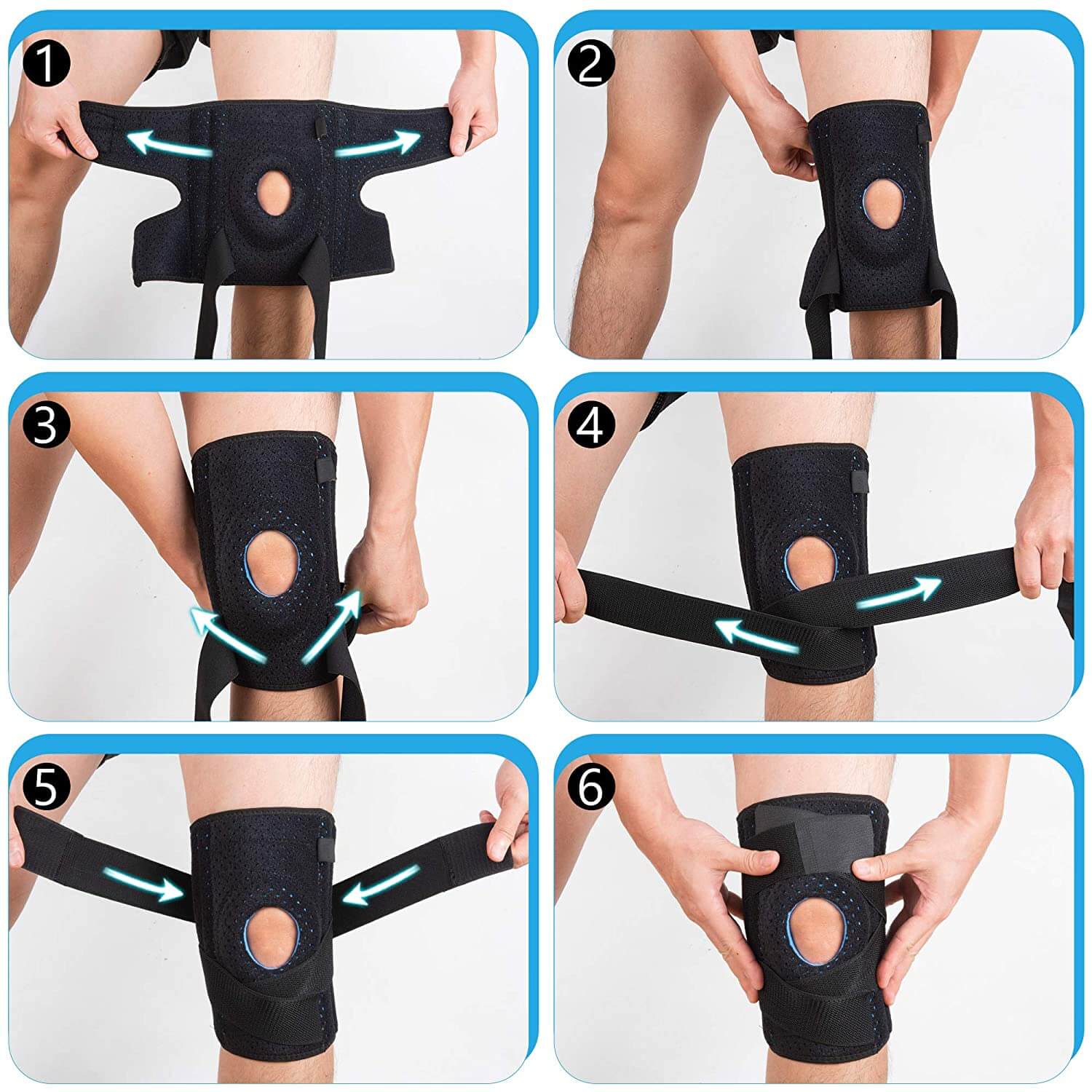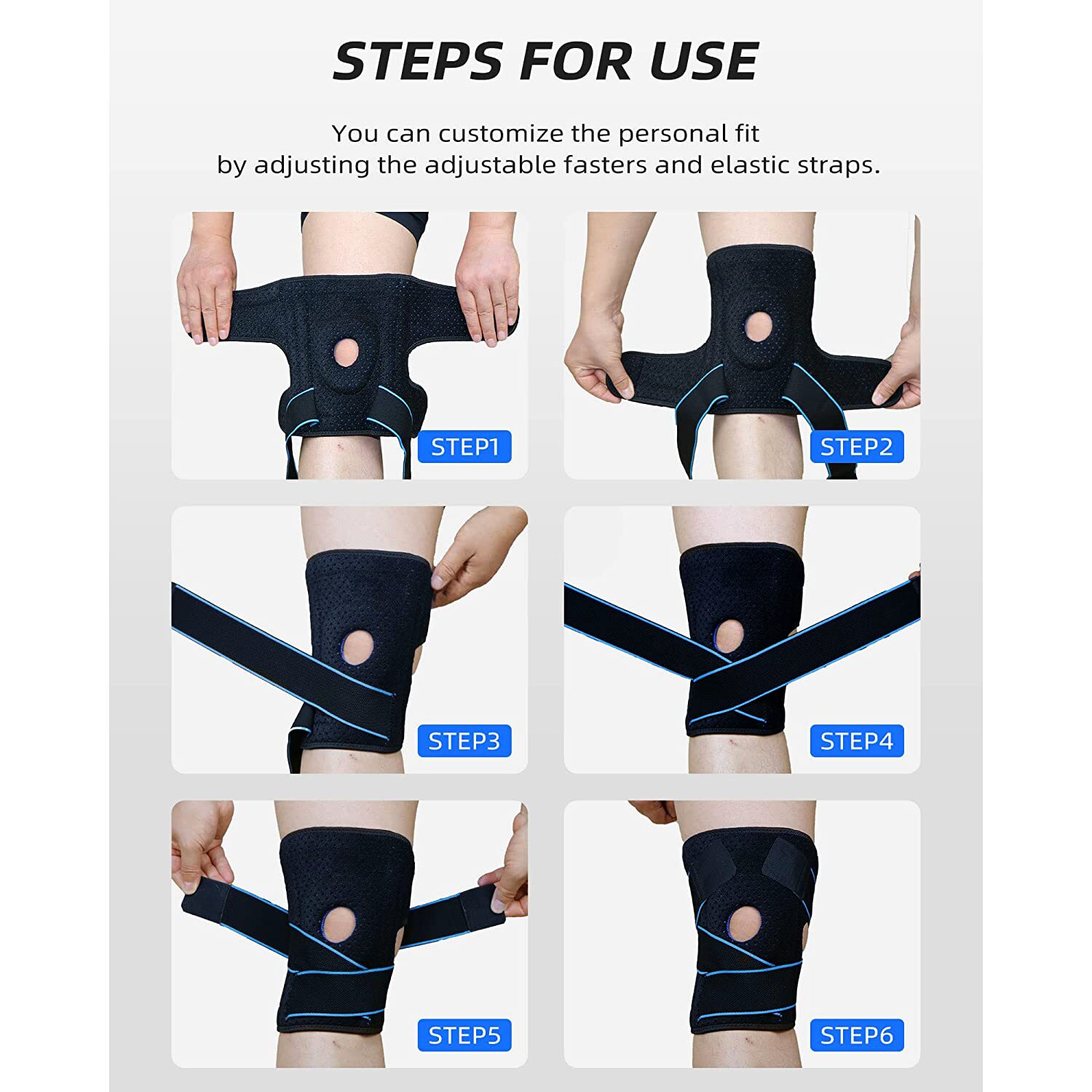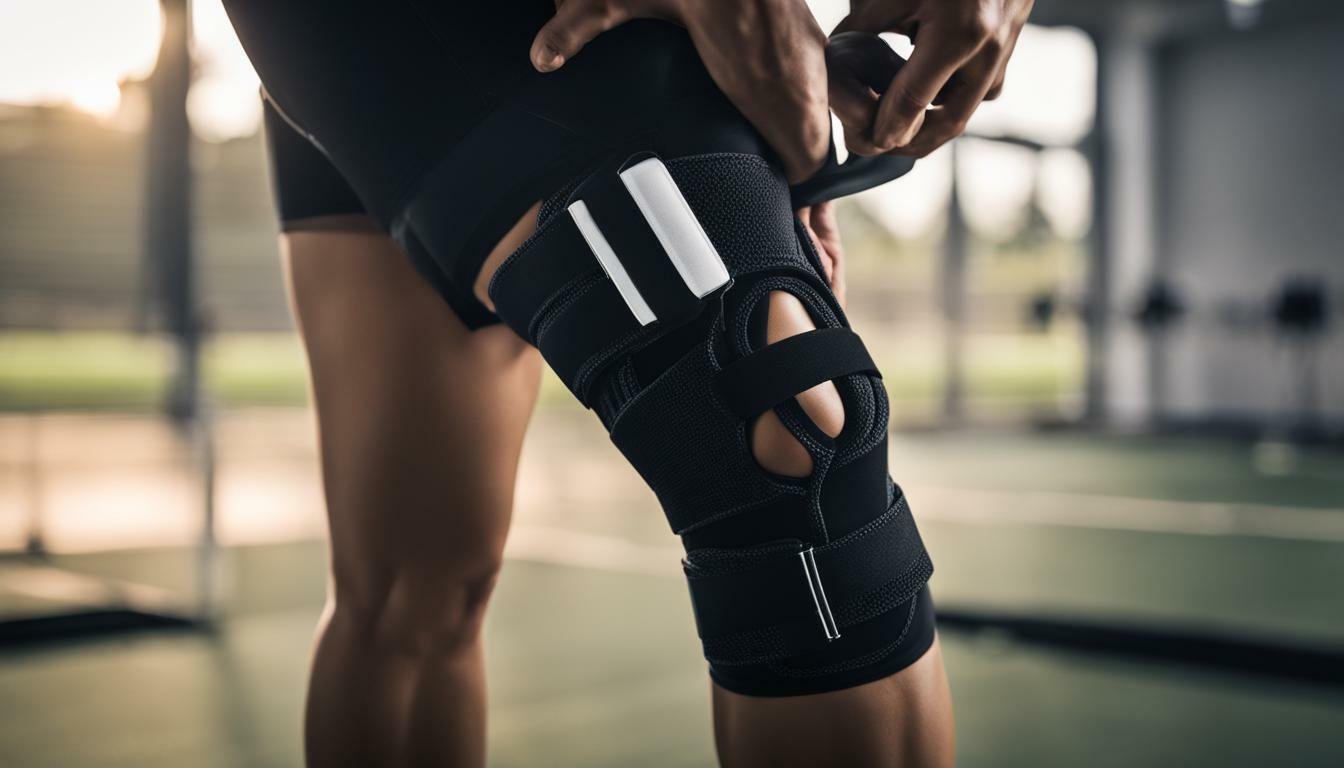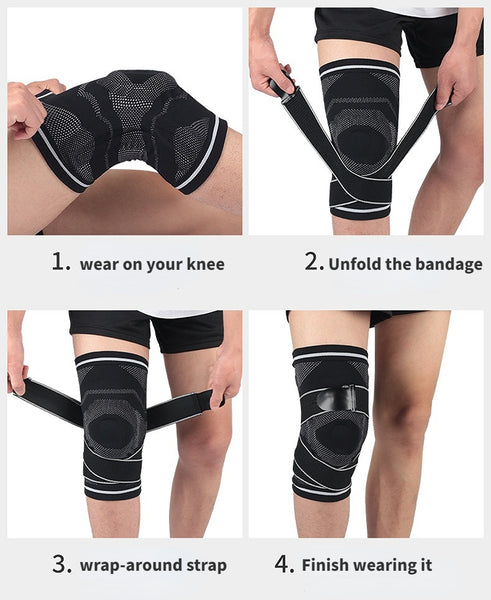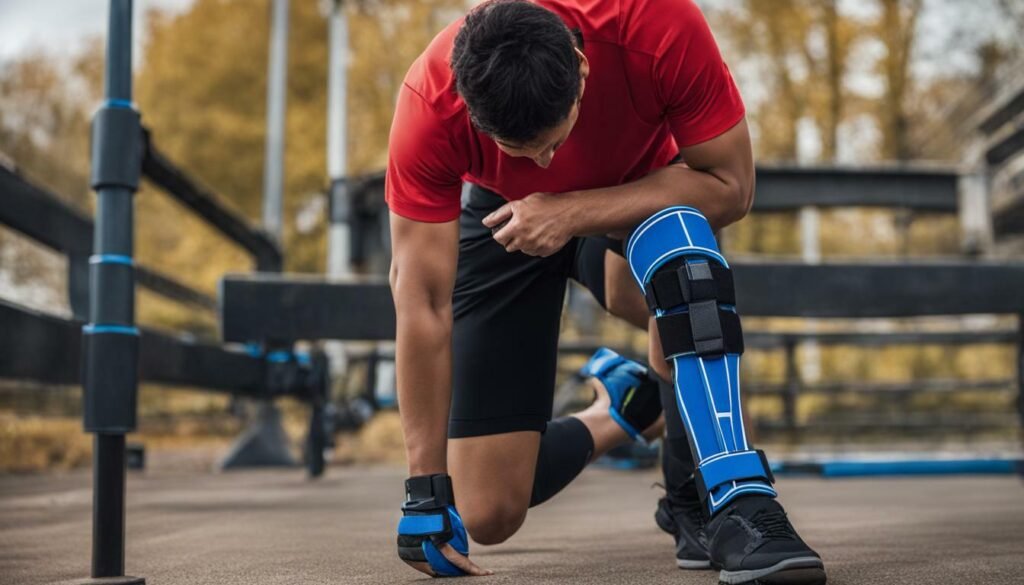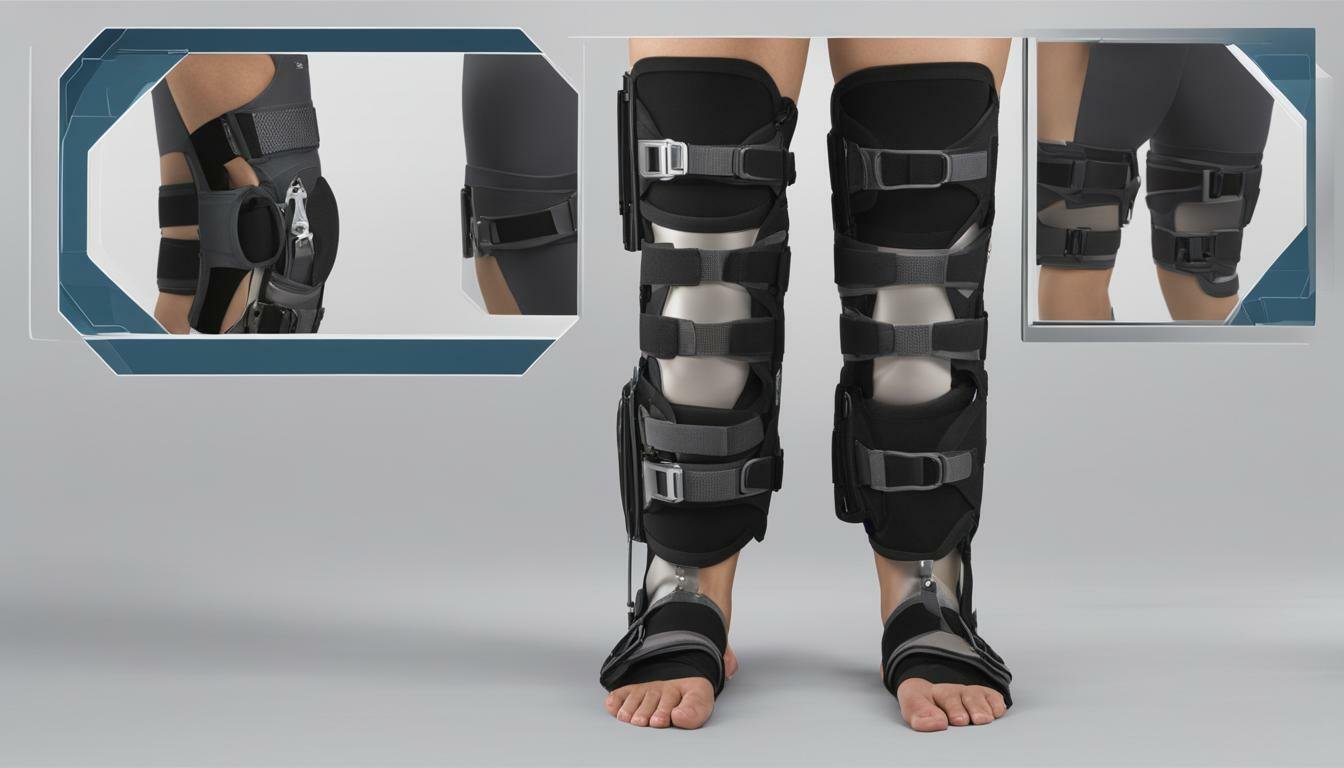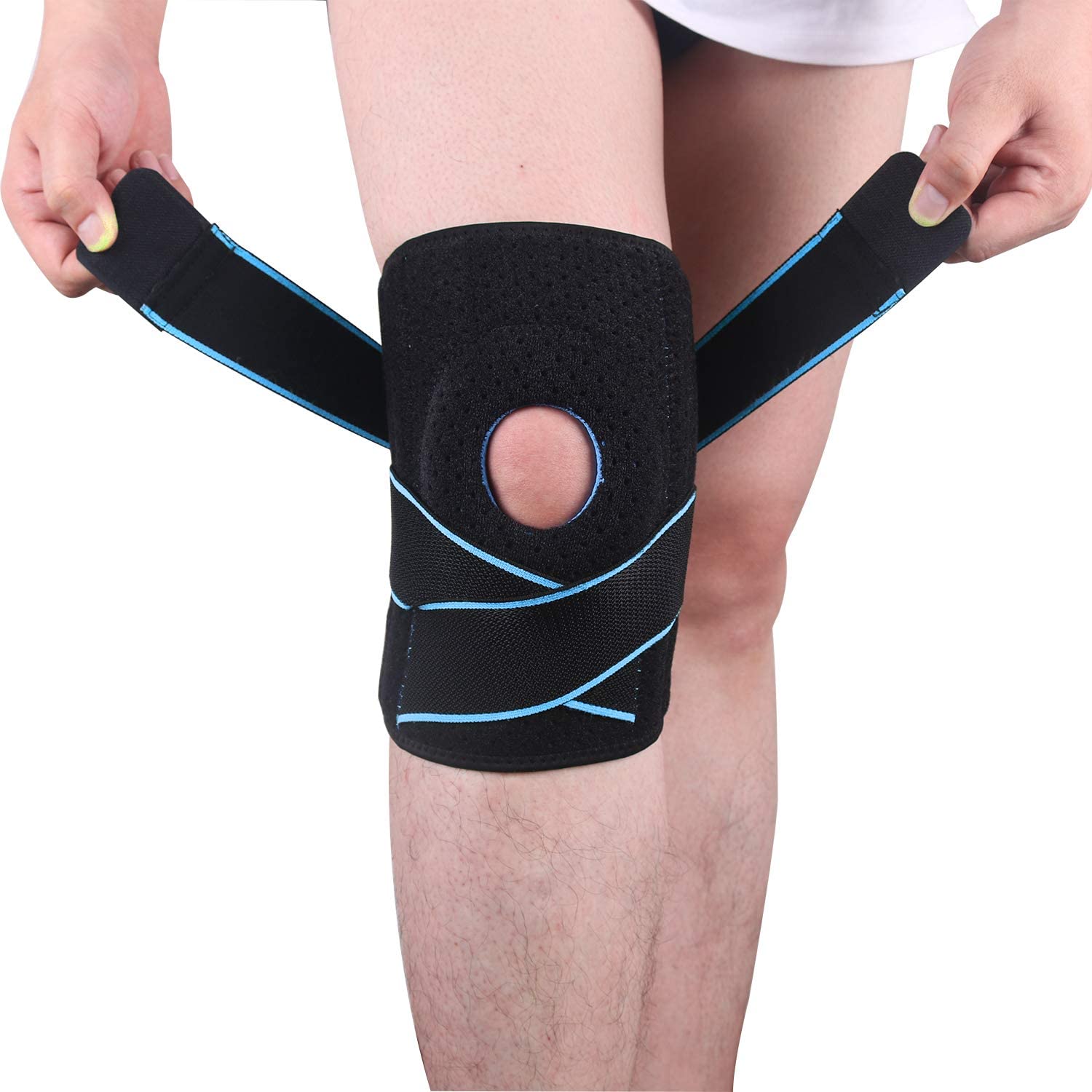How To Wear A Knee Brace Properly
:max_bytes(150000):strip_icc()/146275121-56a6da135f9b58b7d0e51ce0.jpg)
A misplaced strap, a forgotten hinge adjustment, or even a seemingly insignificant slippage – these seemingly minor errors can transform a knee brace from a source of support and healing into a potential hazard. Incorrectly wearing a knee brace not only negates its intended benefits but can also exacerbate existing injuries, hinder recovery, and even lead to new complications.
The purpose of this article is to provide a comprehensive guide on how to wear a knee brace correctly, maximizing its effectiveness and minimizing potential risks. This includes understanding the different types of braces, proper fitting techniques, daily maintenance, and crucial warning signs that indicate a problem. This knowledge empowers individuals to take control of their recovery and ensure that their knee brace serves as a valuable tool in their journey to improved knee health.
Understanding the Types of Knee Braces
Knee braces are not one-size-fits-all. Different conditions require different types of support.
Knowing which type you have is essential for proper wear. There are prophylactic braces designed to prevent injuries, often used by athletes.
Then there are functional braces that provide stability after an injury. Unloader braces shift weight away from a damaged part of the knee. And finally, hinged braces that offer support and limit movement after surgery or injury.
The Crucial First Fitting
The initial fitting of a knee brace is paramount. This is best done by a qualified professional, such as an orthotist or a physical therapist.
They can assess your specific needs and ensure the brace is the right size and type for your condition. During the fitting, the professional will adjust the brace to your anatomy, ensuring proper alignment and support.
They will also educate you on how to properly apply and remove the brace, adjust straps, and maintain it.
Step-by-Step Guide to Wearing Your Knee Brace
Assuming your knee brace has been professionally fitted, here’s a step-by-step guide for daily wear.
Step 1: Sit down with your leg extended. This allows for easier access and prevents unnecessary strain on your knee. Step 2: Loosen all straps on the brace. This prevents pinching and ensures proper placement. Step 3: Position the brace on your knee, ensuring the hinges are aligned with the center of your knee joint. This alignment is crucial for proper function and support. Step 4: Fasten the straps, starting with the ones closest to your knee joint. Secure them snugly but not so tightly that they restrict circulation. You should be able to slide a finger comfortably under each strap. Step 5: Stand up and walk around to test the fit. Check for any slippage, discomfort, or pinching. Re-adjust the straps as needed until the brace feels secure and comfortable.
Common Mistakes to Avoid
Several common mistakes can undermine the effectiveness of a knee brace.
Over-tightening straps can restrict blood flow, leading to numbness and discomfort. Wearing the brace too loosely can cause it to slip, rendering it ineffective.
Ignoring pain signals is a major error. If you experience pain or discomfort while wearing the brace, stop using it and consult with your healthcare provider. Neglecting skin care under the brace can lead to irritation and breakdown. Always keep the skin clean and dry and consider using a liner or sock if recommended by your healthcare provider.
Daily Maintenance and Care
Proper maintenance extends the life of your knee brace and ensures its continued effectiveness.
Clean the brace regularly with mild soap and water. Avoid harsh chemicals or abrasive cleaners that can damage the materials. Allow the brace to air dry completely before wearing it again. Regularly check the straps and hinges for wear and tear. Replace worn-out straps or hinges as needed. Consult with your healthcare provider or the brace manufacturer for replacement parts and instructions.
When to Seek Professional Help
While a knee brace can be a valuable tool, it's essential to know when to seek professional help.
If you experience increased pain, swelling, or instability in your knee, consult with your healthcare provider. If the brace feels too tight or too loose, or if it is causing skin irritation, seek guidance from a professional fitter. If you have any concerns about the proper fit or function of your brace, don't hesitate to ask for help. Early intervention can prevent complications and ensure that your brace is working effectively.
The Importance of Following Doctor’s Orders
Always follow your doctor's or physical therapist's instructions regarding the use of your knee brace.
They will provide you with specific guidelines on how long to wear the brace each day, what activities you can perform while wearing it, and when to discontinue its use. Deviating from these instructions can hinder your recovery and potentially worsen your condition.
Compliance with your healthcare provider's recommendations is crucial for achieving optimal results.
The Future of Knee Brace Technology
Knee brace technology is constantly evolving. Researchers are developing new materials and designs that offer improved comfort, support, and functionality.
Smart braces with sensors that track movement and provide real-time feedback are also on the horizon. These advancements promise to further enhance the effectiveness of knee braces and improve the lives of people with knee injuries and conditions.
The advancements will hopefully provide more customized and data driven outcomes.
Conclusion
Wearing a knee brace correctly is not merely a matter of convenience; it’s a critical component of your recovery and long-term knee health. By understanding the different types of braces, following proper fitting techniques, maintaining the brace regularly, and seeking professional help when needed, individuals can maximize the benefits of this supportive device.
Empowering yourself with this knowledge allows you to actively participate in your healing process, ensuring that your knee brace is a true ally in your journey toward a stronger, healthier, and more mobile future.
Remember, a properly worn knee brace is an investment in your well-being.




